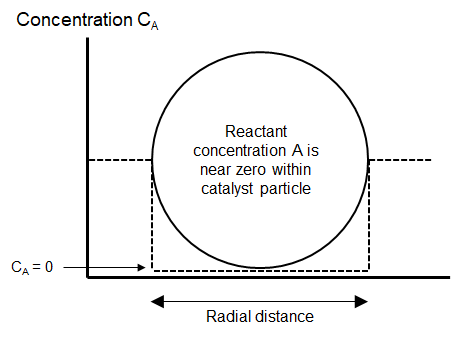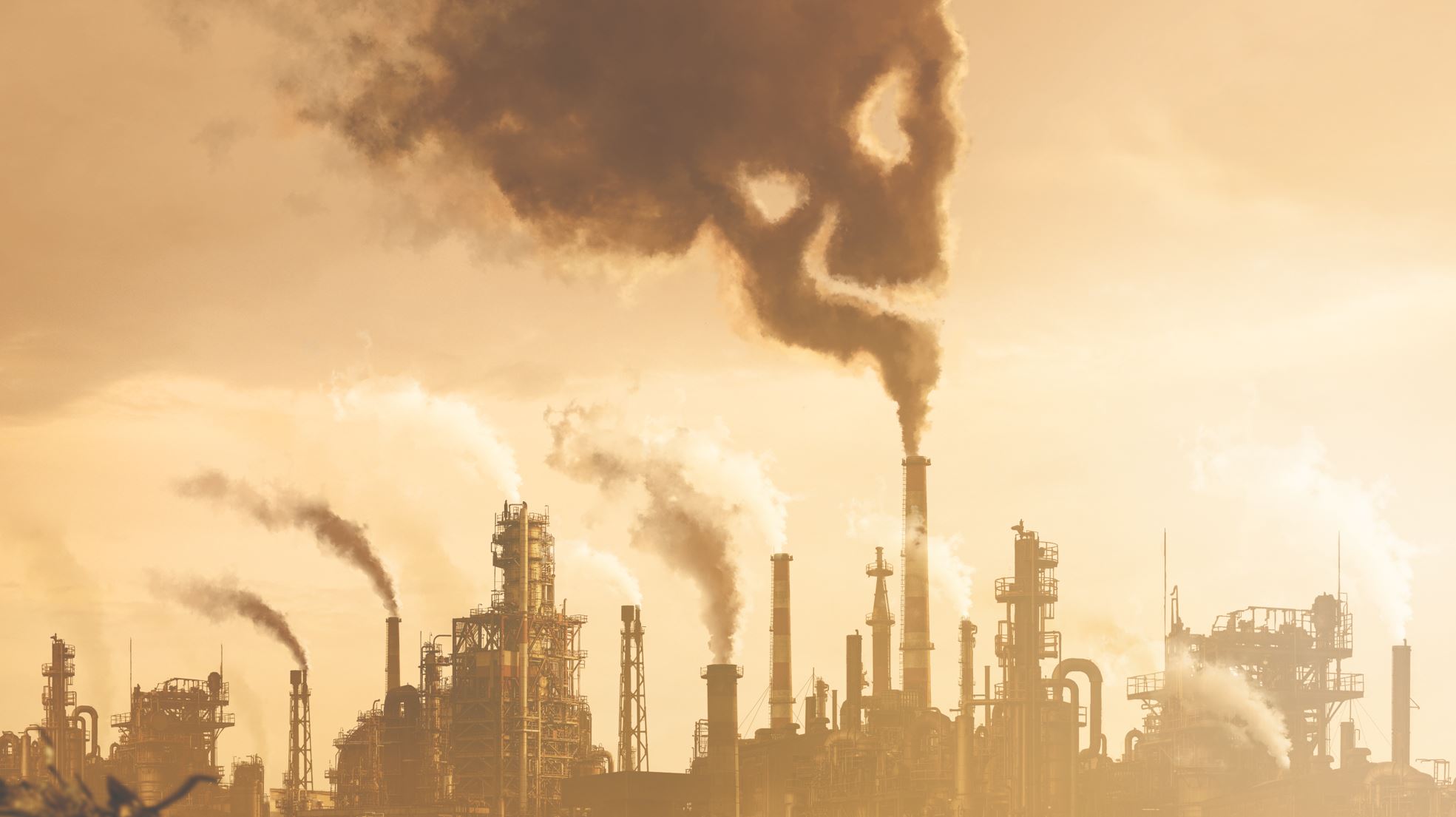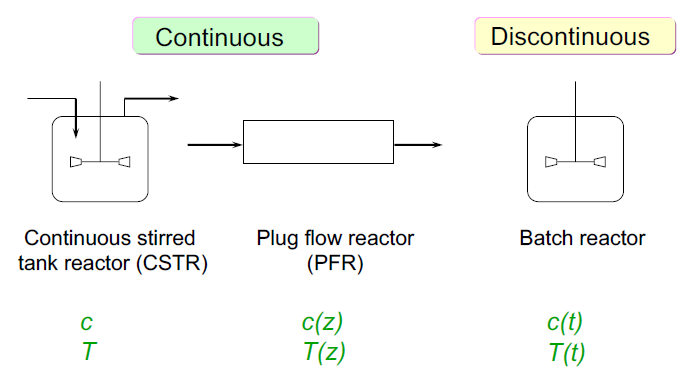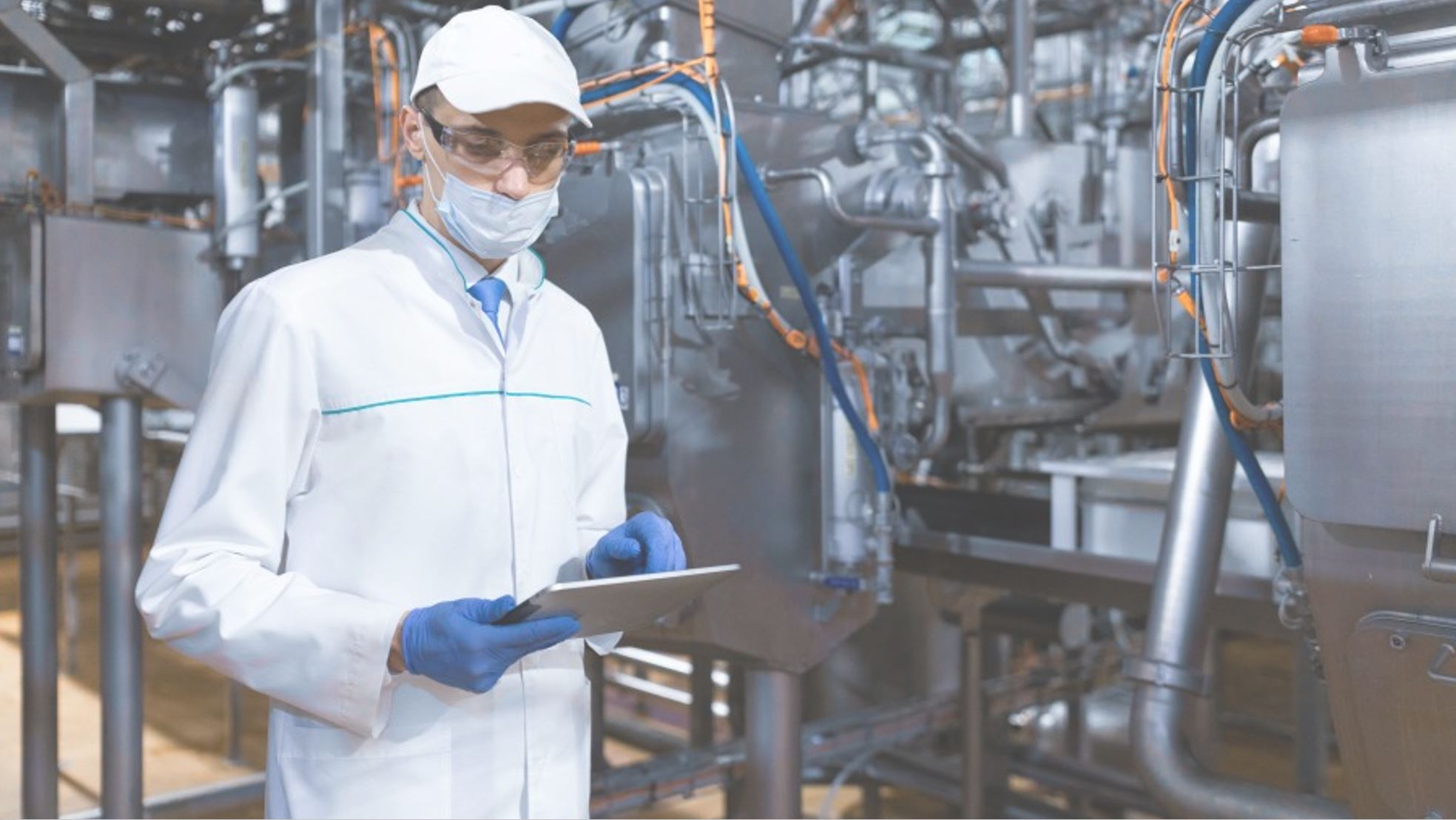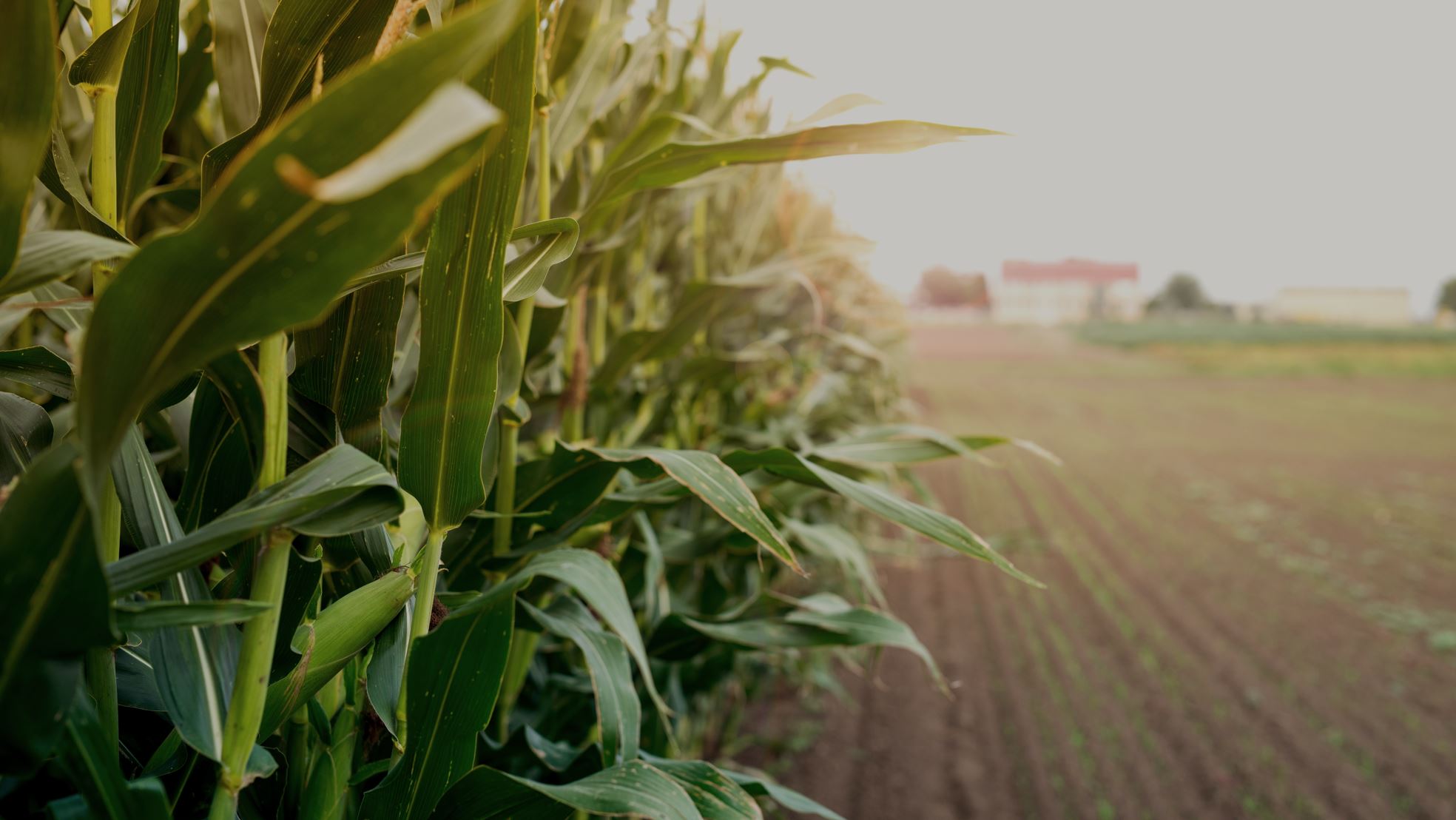

Biofuels like ethanol and biodiesel have been getting a lot of attention. Ethanol is often mixed with gasoline to create a more eco-friendly fuel, while biodiesel can be used in diesel engines, cutting down our reliance on petroleum-based diesel. The promise here is clear – if we can grow these crops every year, we have a never-ending supply of fuel. Plus, using plants that absorb CO2 as they grow could help offset the emissions from burning the fuel.
While biofuels seem like the perfect solution on the surface, they come with a fair share of problems. Producing biofuels can be expensive and resource-intensive. it is needed a lot of land and water to grow these crops, and that can compete with food production. Plus, the process of converting these crops into fuel isn’t always as clean as we might hope.
One of the biggest hurdles for biofuels is their production cost. Simply put, making biofuels is often more expensive than producing fossil fuels, leading to higher prices at the pump. It’s tough to convince people to switch to a pricier, greener alternative.
Why are biofuels so costly? It comes down to the resources and processes involved. Growing the necessary crops requires a lot of land, water, and agricultural inputs like fertilizers and pesticides. Then there’s the complex and energy-intensive process of converting these crops into fuel. All these factors add up, making biofuels more expensive.
Energy efficiency, or the energy return on investment (EROI), is another issue. EROI measures how much energy we get out compared to what we put in. Ideally, we want a high EROI, meaning we get a lot more energy out than we put in. Unfortunately, biofuels generally have a lower EROI compared to fossil fuels. This means the energy invested in growing and processing crops into fuel doesn’t yield as high a return as fossil fuels do.
These economic and efficiency challenges make it tough for biofuels to compete with fossil fuels on a large scale. However, these issues aren’t insurmountable. With better agricultural practices, costs can come down, and the EROI of biofuels can improve. But for now, these are the key hurdles that need addressing.OI of biofuels. But for now, these are some of the key hurdles that need to be addressed.
A major issue with biofuels is deforestation. Growing biofuel crops often means clearing large areas of land, releasing stored carbon from trees into the atmosphere and contributing to greenhouse gas emissions.
Another concern is the loss of biodiversity. Converting land into biofuel plantations destroys diverse ecosystems, leading to a decline in plant and animal species and disrupting local ecosystems.
Additionally, biofuel crops usually require intensive farming practices, which can degrade soil quality. Repeated planting and harvesting strip the soil of nutrients, reducing its fertility and making it harder to grow food or other plants in the future.
Producing biofuels is very water-intensive. Growing and processing biofuel crops require significant water, exacerbating water scarcity in some regions.
Water quality is also a concern. Fertilizers and pesticides used on biofuel crops can run off into nearby water bodies, causing pollution.
Intensive farming for biofuel crops harms soil health. Repeated cultivation strips the soil of essential nutrients, reducing its fertility. It is particularly true for crops like corn and soybeans, commonly used for biofuels and requiring significant nutrients.
Soil degradation also includes erosion. Large-scale biofuel plantations can increase soil erosion risk, especially without proper conservation practices. Eroded topsoil diminishes land productivity and can lead to sedimentation in rivers and streams, impacting water quality.
Additionally, heavy machinery used in planting and harvesting can compact the soil, reducing its ability to retain water and support plant roots. The compaction makes the soil less productive and more prone to erosion, creating a cycle of degradation that is hard to break.
Biofuels are often considered carbon-neutral, but the reality is more complex. The production process, including machinery and land conversion, emits significant CO2. Clearing forests for biofuel crops releases stored carbon, sometimes increasing overall emissions compared to fossil fuels.
Land-use changes, especially deforestation, contribute heavily to emissions, potentially negating biofuels’ carbon benefits.
Growing biofuel crops requires substantial fertilizers, whose production is energy-intensive and fossil-fuel reliant. Fertilizer runoff causes eutrophication, harming water bodies and ecosystems, and contaminating drinking water.
Excessive fertilizer use degrades soil, altering its chemistry, reducing biodiversity, and lowering long-term productivity for both biofuel and food crops.
Producing biofuels efficiently and cost-effectively is complex. For instance,
Scaling up biofuel production to meet global demands presents additional problems. Large-scale production requires facilities for processing biomass and logistics for transporting and distributing biofuels.
Biofuel crops are water-intensive, and sustainable water management is crucial to avoid depletion and contamination.
A major ethical and practical concern with biofuel production is the competition between crops for food and fuel. Crops like corn and soybeans are vital food sources. When these crops are used for fuel, it reduces the food supply, driving up prices and potentially causing shortages.
In developing countries, where food security is already a critical issue, diverting crops to biofuels worsens the problem. The competition can lead to higher global food prices, hitting the most vulnerable populations hardest.
Biofuel development relies on government support, such as tax credits, crop subsidies, and blending mandates. Without these, biofuels can’t compete with fossil fuels.
However, these policies face political and economic pressures that can lead to reduced support, affecting industry stability and growth. The effectiveness of policies varies, sparking debate on the best approaches.
Market dynamics also impact biofuels. Low oil prices make biofuels less competitive due to higher production costs. High oil prices boost biofuel competitiveness but create volatility, affecting financial stability and investment.
Agricultural markets influence biofuel costs. Crop prices for biofuels fluctuate due to weather, yields, and trade policies. Poor harvests drive up prices, making biofuels more expensive.
The views and opinions expressed in this Linkedin article are solely my own and do not represent the views or opinions of my current employer. This article is a personal reflection and does not involve any proprietary or confidential information from my current company. Any similarities in ideas or concepts presented in this article to my current company’s work are purely coincidental.







